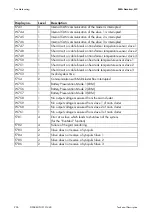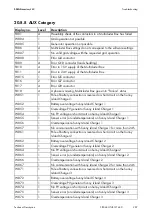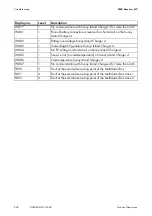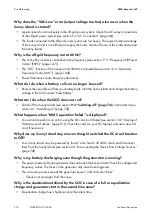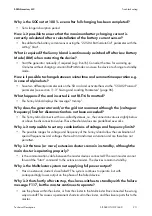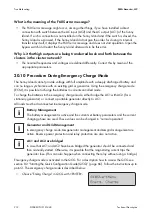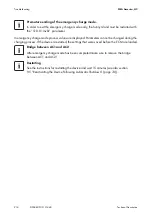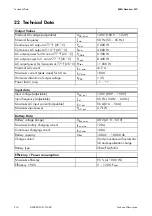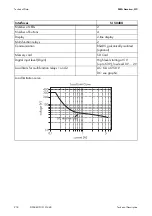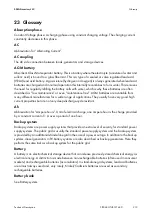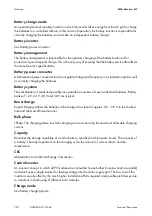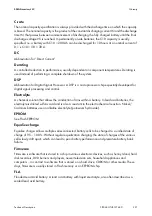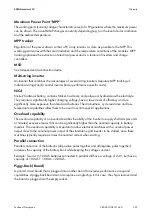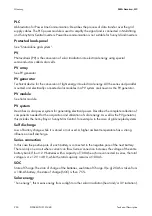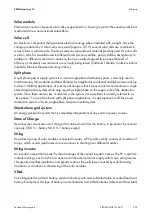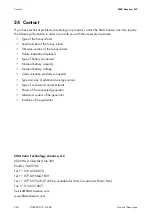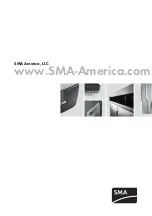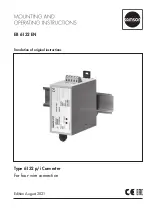
SMA America, LLC
Glossary
Technical Description
SI5048U-TUS121440
219
23 Glossary
Absorption phase
Constant Voltage phase: A charging phase using constant charging voltage. The charging current
constantly decreases in this phase.
AC
Abbreviation for ”Alternating Current”.
AC coupling
The AC side connection between loads, generators and storage devices.
AGM battery
Absorbent Glass Mat separator battery. This is a battery where the electrolyte (a mixture of water and
sulfuric acid) is bound to a glass fiber mat. This is a type of a sealed or valve regulated lead-acid
(VRLA) lead acid battery. A gas mixture (hydrogen and oxygen) is always generated when lead-acid
batteries are charged and in normal operation this internally recombines to form water. This removes
the need for regularly refilling the battery cells with water, which is why these batteries are often
described as ”low maintenance” or even ”maintenance free”. AGM batteries are available from
many different manufacturers for a wide range of applications. They usually have very good high
current properties but are not very deep-discharge-cycle resistant.
Ah
Abbreviation for ”Ampere hours”. Unit of electrical charge, one ampere hour is the charge provided
by a constant current of 1 A over a period of one hour.
Backup system
Backup systems are power supply systems that provide an extra level of security for standard power
supply systems. The public grid is usually the standard power supply system and the backup system
is provided by an additional stand-alone grid in the case of a power outage. In addition to the backup
systems, diesel generators in PV battery systems are also described as backup generators. Here they
perform the same task as a backup system for the public grid.
Battery
A battery is an electrochemical storage device that can release previously stored chemical energy as
electrical energy. A distinction is made between non-rechargeable batteries (often used in consumer
markets) and rechargeable batteries (accumulators). In stand-alone grid systems, lead acid batteries
are almost always used and, very rarely, Nickel/Cadmium batteries are used as secondary
rechargeable batteries.
Battery bank
See Battery system.


